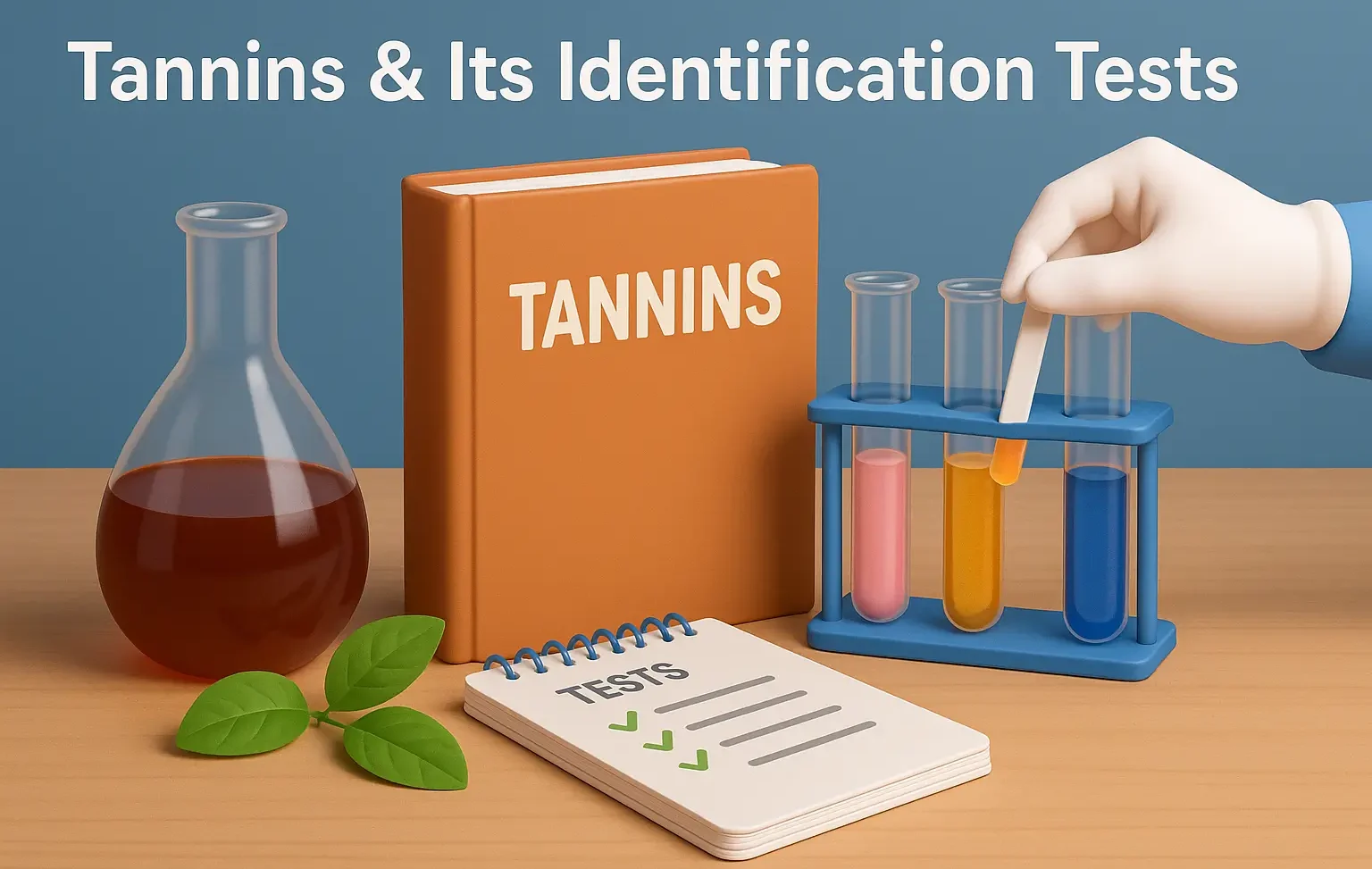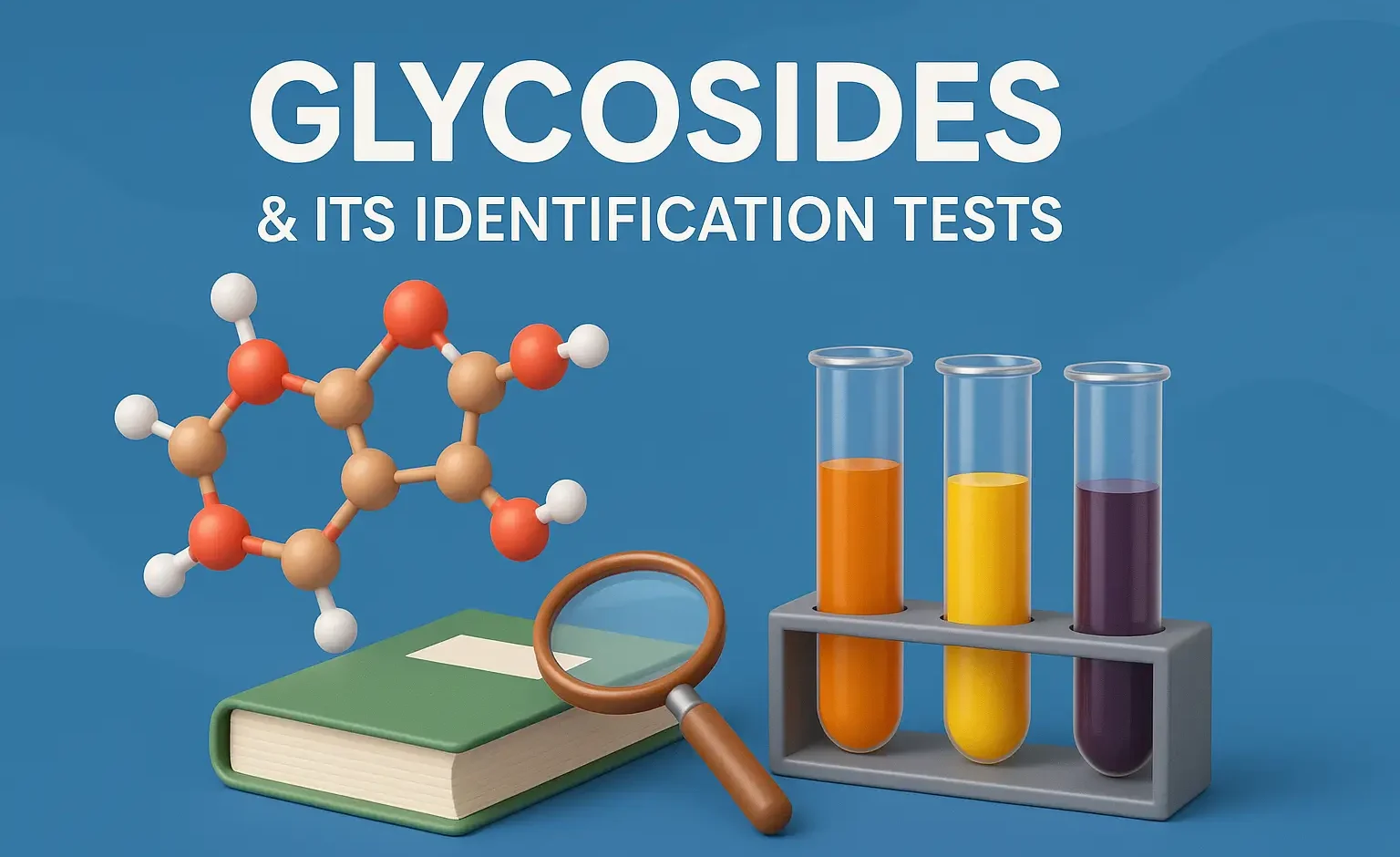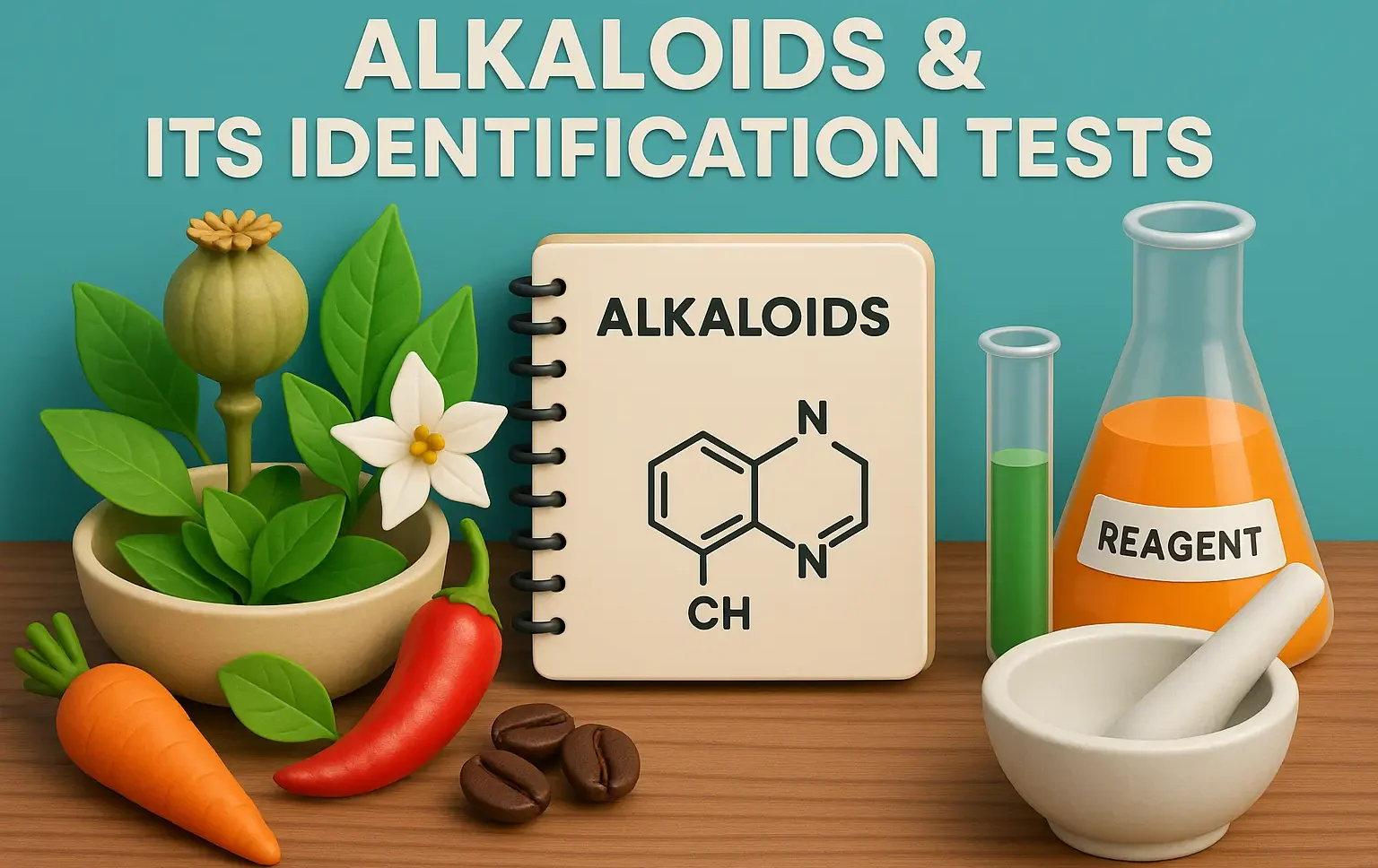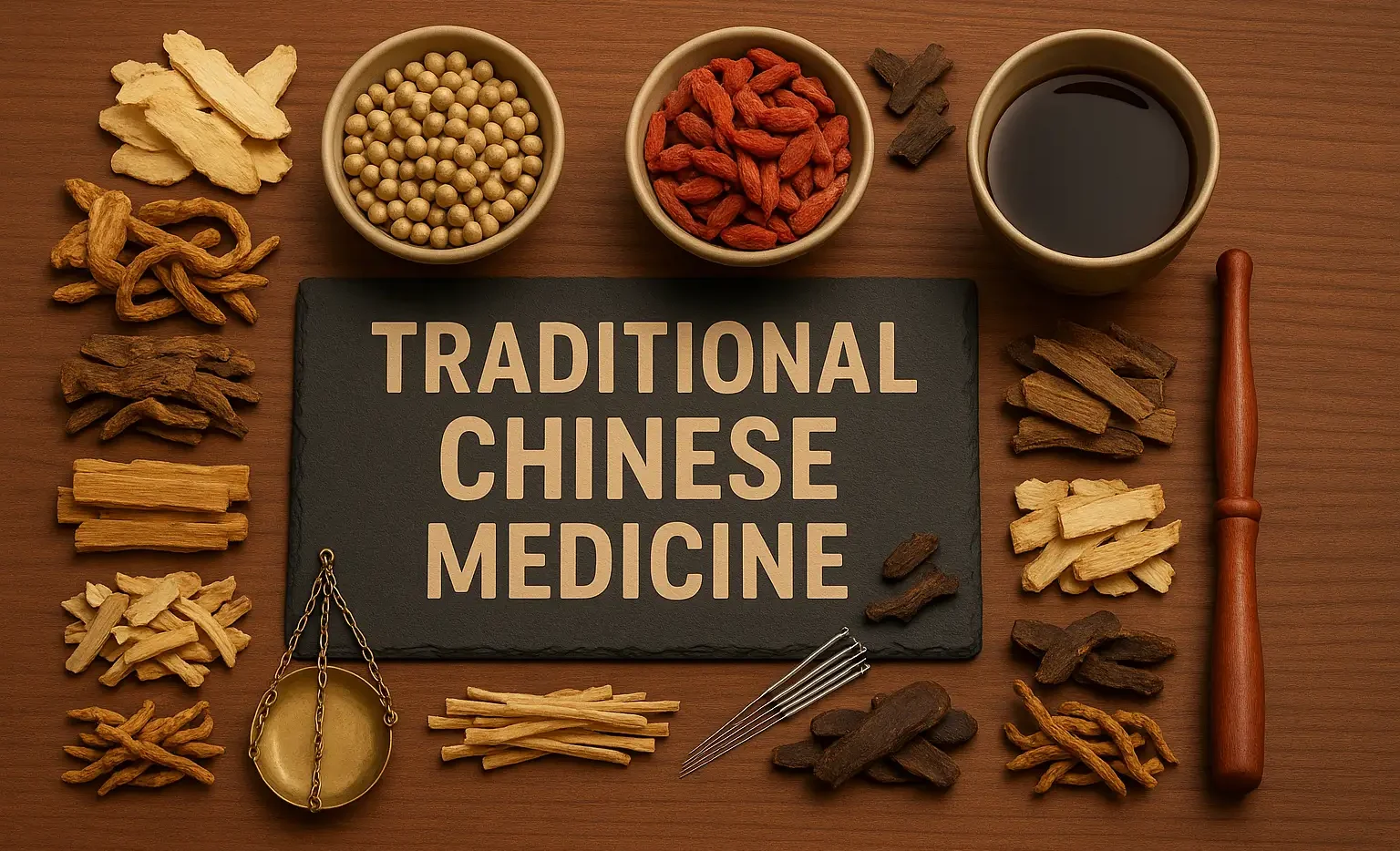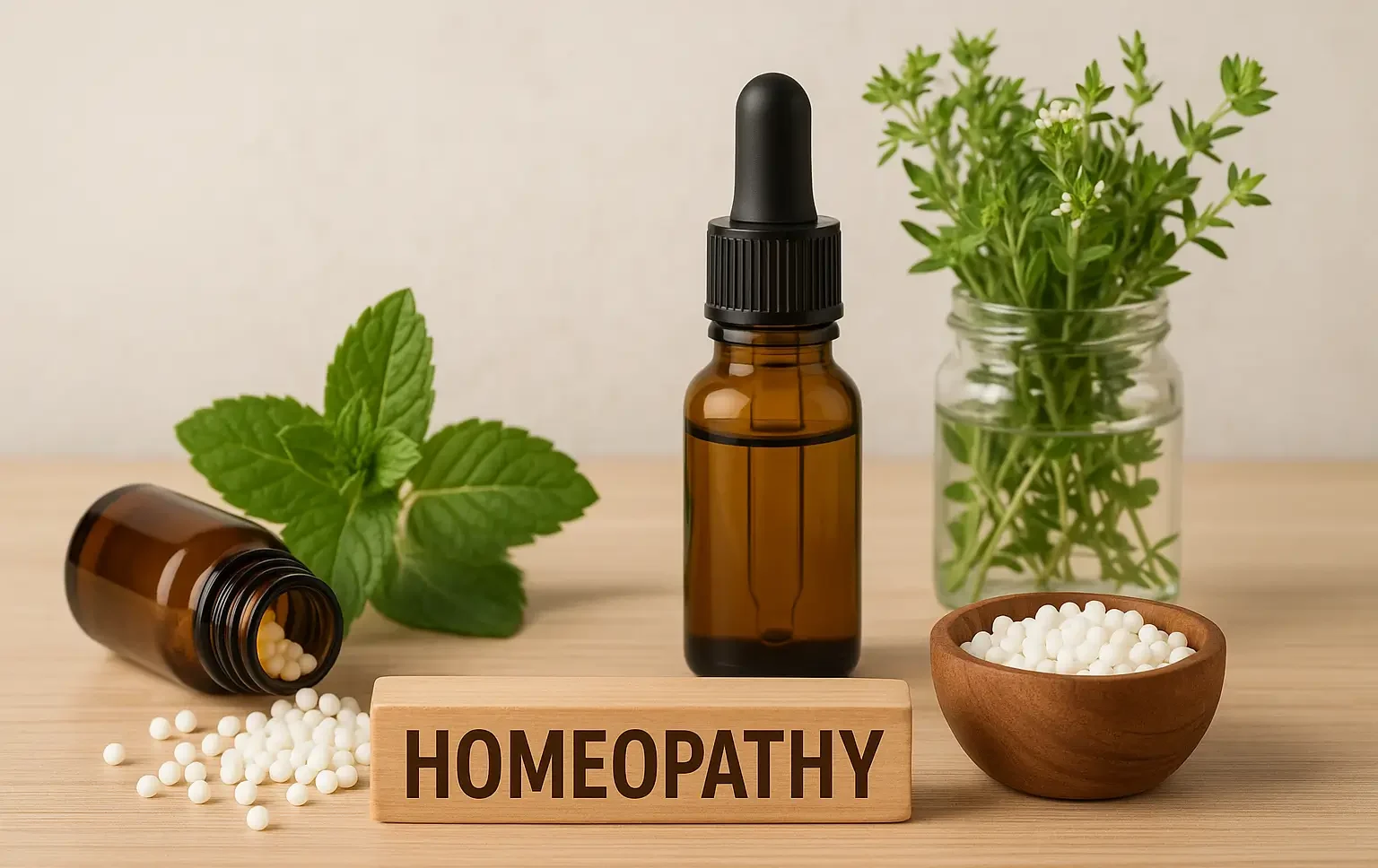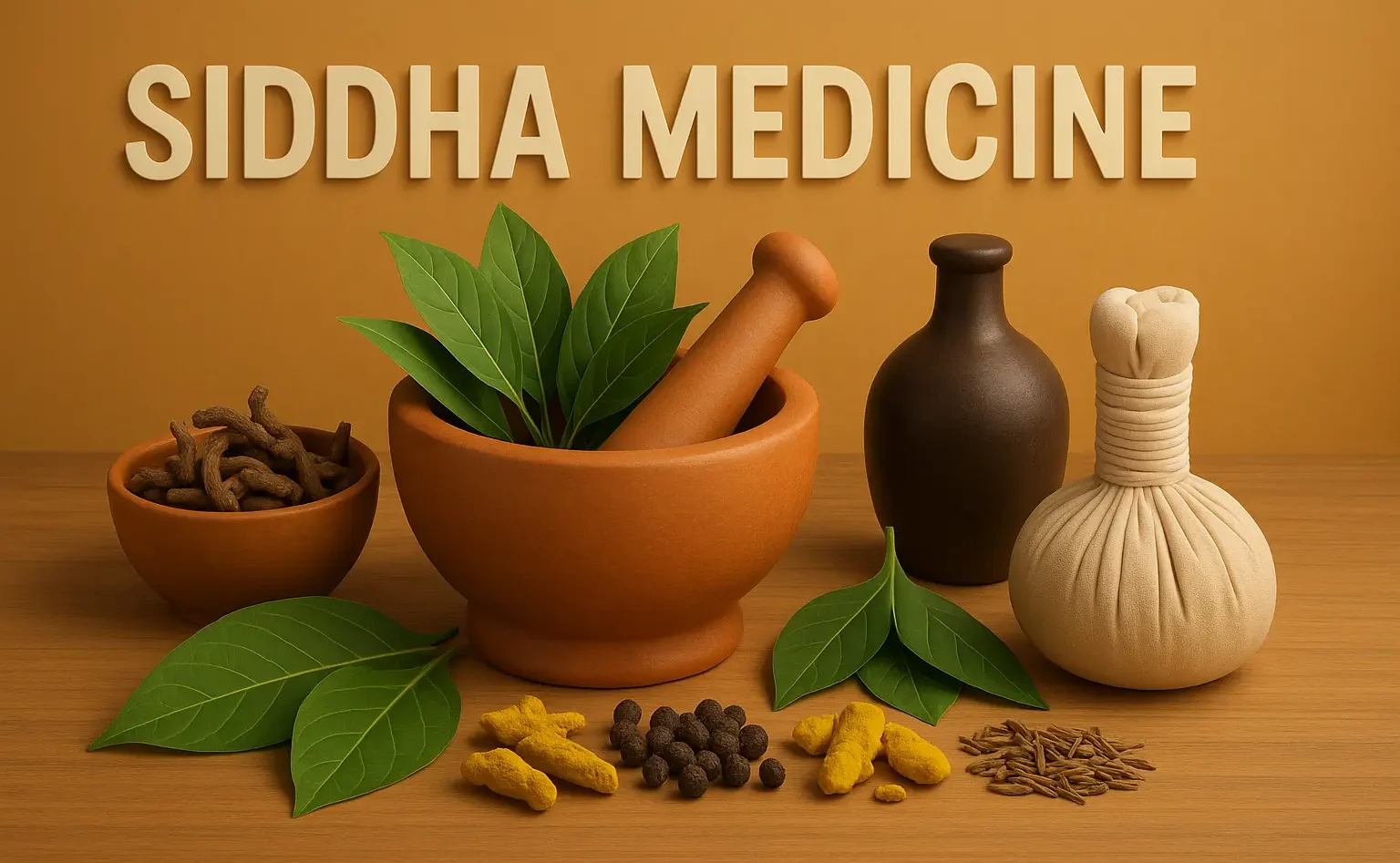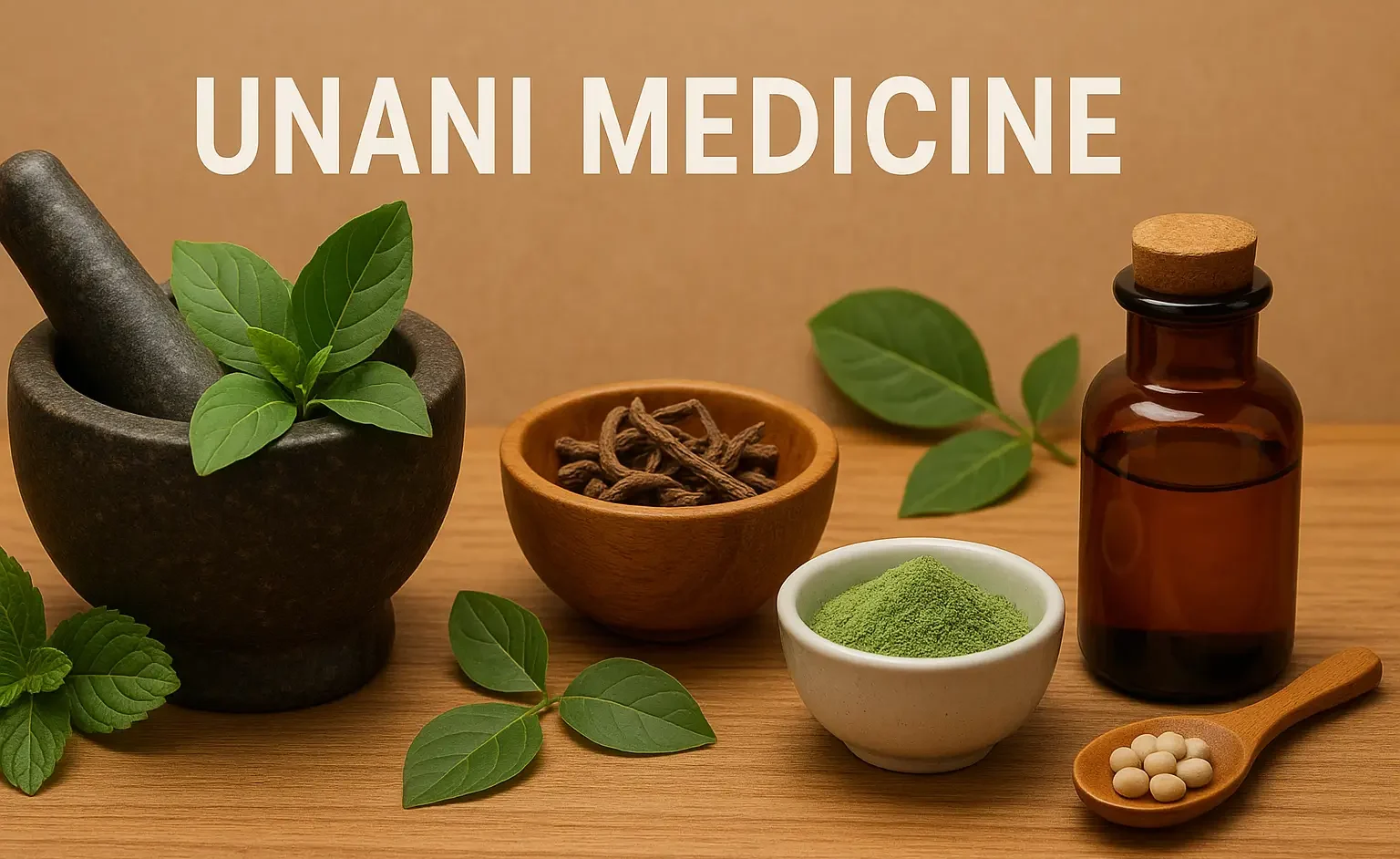Tannins & Its Identification Tests
Tannins & Its Identification Tests ensure quality, purity, and therapeutic value of herbal formulations Tannins & Its Identification Tests confirm presence through color reactions, precipitation, and chemical assays. Definition Tannins are polyphenolic compounds that have astringent properties and the ability to bind proteins. Examples Gallic acid (found in Tea, Oak bark) Catechin (found in Green … Read more

